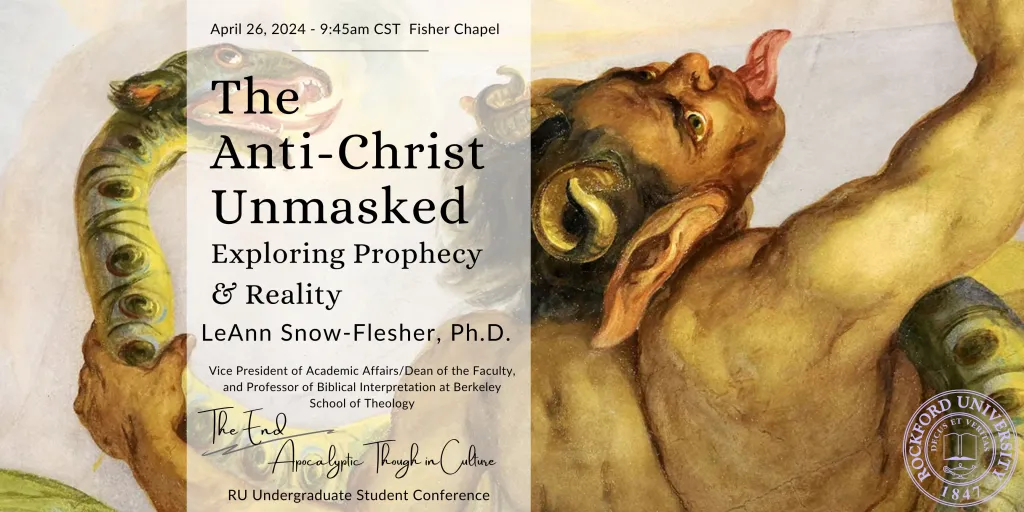Rian McGraw
In the contemporary world that we live in today, it may seem hard to describe the concept of a “grey area” when the lines of societal groups begin to become more defined. Is there even a grey area when there are so many distinct ‘outsiders’ that are ostracized in society? However, in Kassandra by Sergio Blanco, the main character Kassandra is living proof that this grey area exists. Kassandra is a transgender woman, who was born a male and cross-dresses as a female in prostitution. This is an internal conflict with Kassandra; she does not identify as neither male nor female, thus pushing her into this grey area. In the Hispanic world, the prevalence of transgenders is increasing and as a societal group, they are gaining ground, however, simultaneously are becoming increasingly more ostracized and being forced into human trafficking to survive (Herranz).
“A él/la”. Sergio Blanco refers to Kassandra in the dedication of this play as ‘to him, to her’, to relate to the struggles of the transgender people today. To Kassandra, she identifies as neither male nor female, challenging the binary system that has been a foundation of societal jobs. This challenging of the binary system eventually leads to her ostracization and forces her to be trapped as an outsider to society, in a grey area. In order to obtain money to change herself, Kassandra is pushed into human trafficking in the form of prostitution. As seen in studies today, many employers deny transgender individuals in attempt to keep a good reputation of their company (Gagne). Since transgender people generally are outsiders to society, they are often shunned from well respected jobs. Kassandra was a known transgender, which caused her to be forced away from respectable jobs and into prostitution, leading to her self demoralization. When Kassandra predicts the future of her death but still complies to go see her client, she is depicting the everyday struggle that many people forced into prostitution have to deal with: whether they are to risk their life and comply or defy societal pressures without a means to live.
Another assumption that is made about transgenders is that transgendered people are mentally ill (Boyd). In the play, Kassandra continuously states that she is not crazy like everyone says. Many transgender individuals challenge the binary system and androgynous gender, causing many of these ‘outsiders’ to be labelled as mentally ill or crazy. Since Kassandra is not only a transgendered prostitute, but also labeled as mentally ill, she is further forced into a grey area, an area of inbetweenness (Misemer). She does not belong and continuously creates new personas to try and reintroduce herself to societal complexes. Although she uses a Bugs Bunny mask to display her gender fluidity and flexibility, Kassandra is still viewed as crazy. The mask allows her to relate to some societal concept that does not completely repel her from being in a respected social group, but at the same time forces her into a group that is confined. This persona is used as a coping mechanism for Kassandra to ‘fit in’, but this further propels her degradation by society. This teeter-totter between societal complexes demonstrates the epitome of Kassandra’s being.

The identity of Kassandra challenges gender roles and gender identity. In today’s world, there is a machismo stigma that strictly defines the patriarchal goals of society. Not only does Kassandra disobey the implied role of a man, but she also rejects the role of a woman as well. Her reluctance to define herself in a definite role and instead defining herself solely as ‘Kassandra’ creates a distinct grey area. Kassandra knows that she is a man, but she flaunts her abundance of sex with soldiers to demonstrate power as a woman. Kassandra represents the area of society that most of the people turns away from. All of her interactions with people are hidden; she is a mistress and a slave to Agamemnon, an enemy, because if he identified himself being with a man, he would be shunned. Therefore not only does Kassandra exist in this grey area, but is further pushed into an area of inbetweenness and unacceptance.
Historically, in some artistic representations the idea of being transgender, or cross-dressing was more normalized. In theater, especially in the Hispanic world, men actors would dress as women in opposition to hiring actresses. In this aspect of society, the people were not forced as outsiders. However, socially, this concept has developed into a social complexity that challenges gender normality. The idea of the mind not coinciding with human anatomy is frowned upon. In my opinion, there are too many societal pressures that attempt to define a person. Instead of creating more intensive and distinct boundaries, we, as a society, should work on diminishing those boundaries. Instead of always creating stigmas of ‘us’ and ‘them’, society should look at similarities and create a concept of ‘we’.
Kassandra by Sergio Blanco is a play that challenges the social complexities and dissonance between cultures, due to the complexities of being a transgender. Although Kassandra is transgender, her reluctance to limit herself as a specific gender forces her into a grey area. This grey area represents the transgendered individuals in the Hispanic and contemporary world; the pressure of prostitution, the label of being mentally ill, and the challenging of societal norms and structure. The blurring of boundaries and societal complexities are personified as Kassandra. Kassandra is neither him nor her, but simply, Kassandra.

Works Cited:
-Blanco, Sergio. Kassandra. In Dramaturgia Uruguaya, http://dramaturgiauruguaya.uy/kassandra/
– Bordo, Susan. “The body and the reproduction of femininity: A feminist appropriation of Foucault.” Gender/Body/Knowledge, eds. Alison Jaggar and Susan Bordo, Rutgers University Press, 1989, pp. 13-33.
– Boyd , J. E. Internalized stigma of mental illness: Psychometric properties of a new measure. Psychiatry Research, 121, 2003, pp. 31-40 .
– Gagne, Patricia and Richard Tewksbury. “No ‘man’s’ land: Transgenderism and the stigma of the feminine man.” Advances in Gender Research, Vol. 1, eds., Marcia Texler Segal and Vasilikie Demos, JAI Press, 1996, pp. 115-156.
– Herranz, Carlos. rfi.fr. “Ser trans en Latinoamérica”, May 2019, http://www.rfi.fr/es/sociedad/20190518-radiografia-de-la-transfobia-en-el-mundo
– Misemer, Sarah. “Sergio Blanco’s Kassandra Complex”. Theatrical Topographies. Spatial Crisis in Uruguayan Theater Post-2001. Bucknell University Press, 2017, pp. 179-93.






Leave a comment